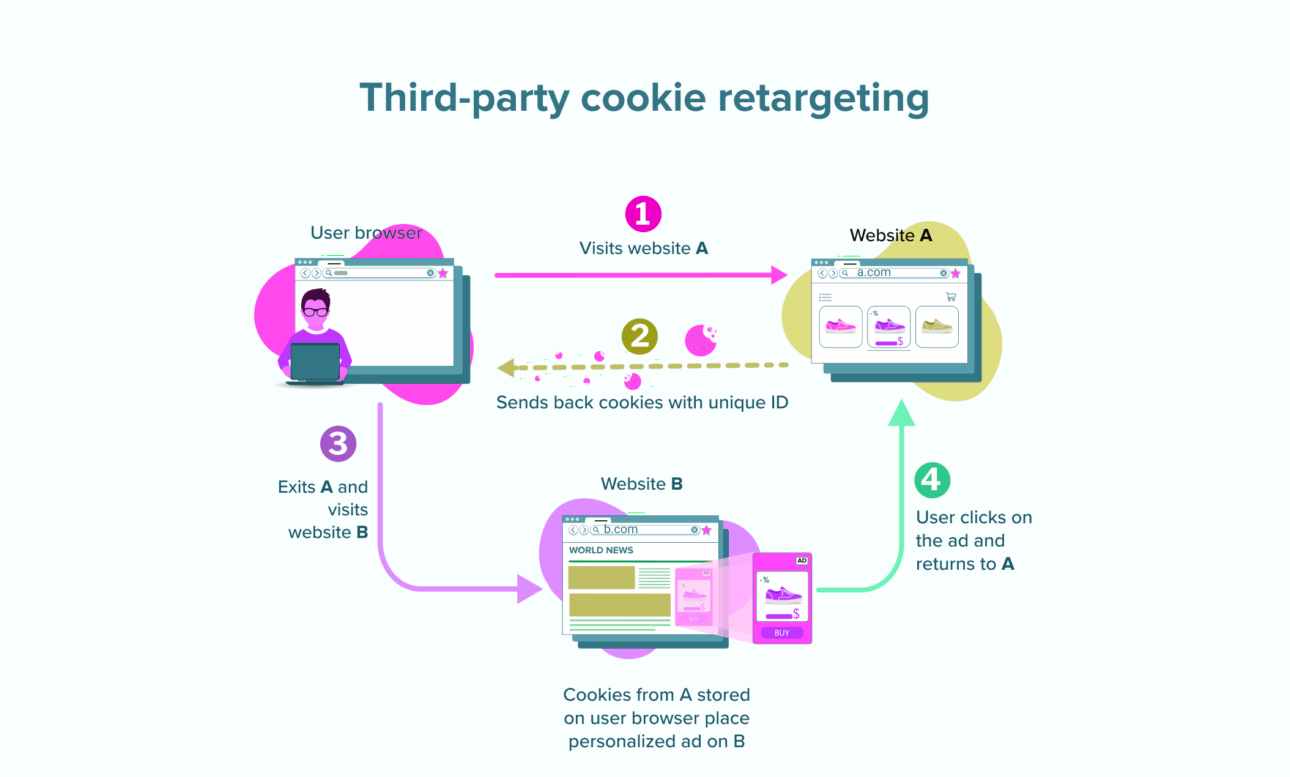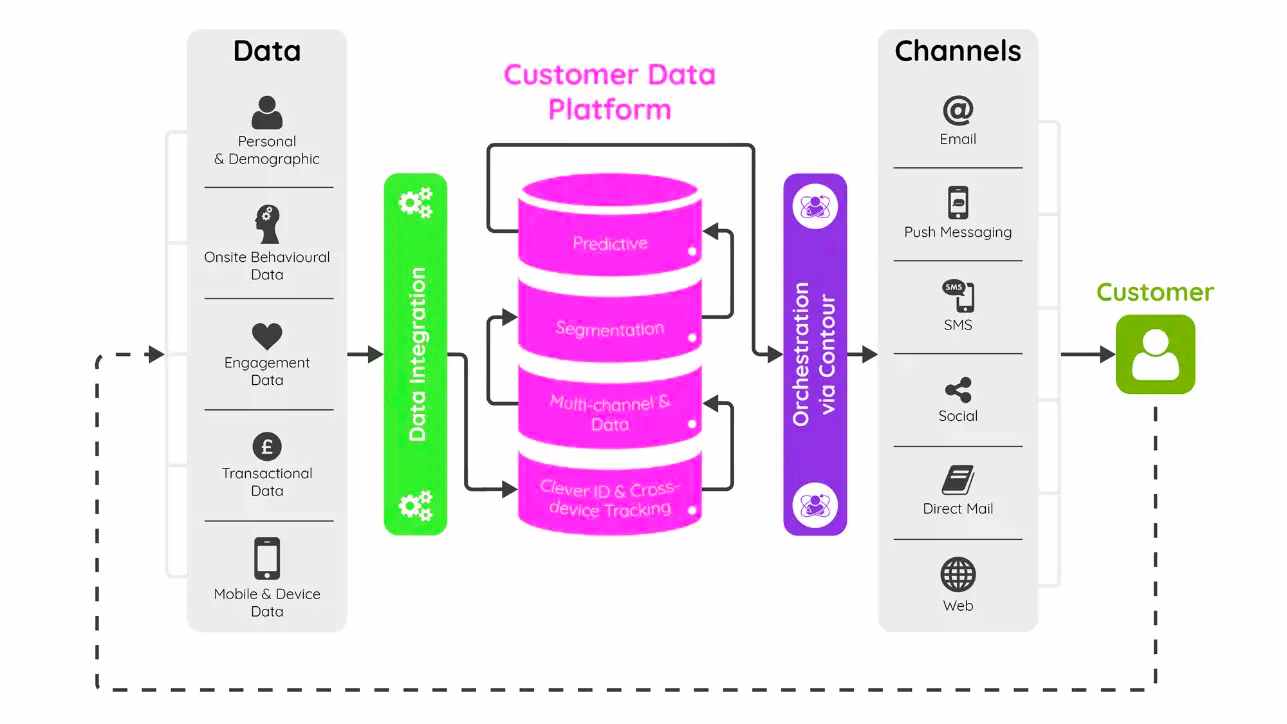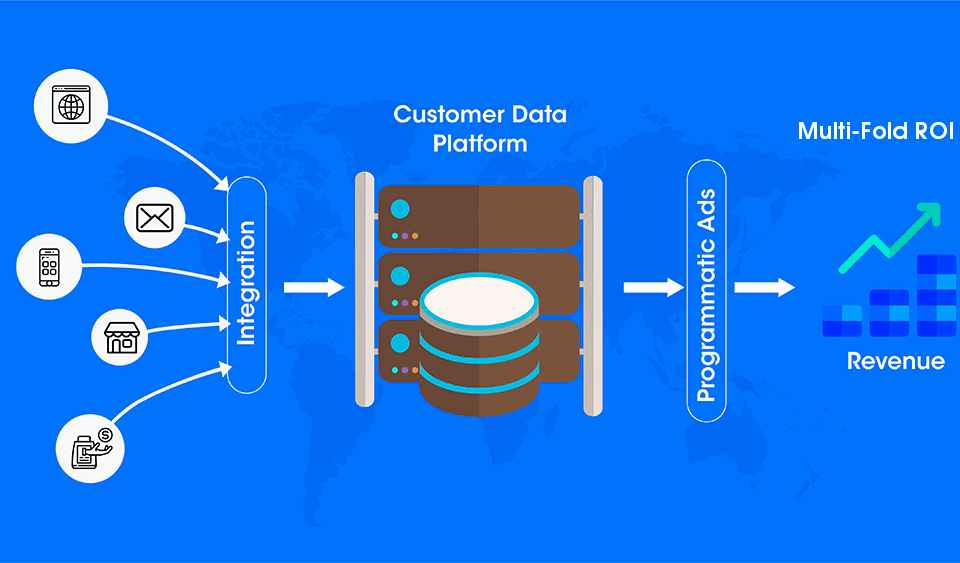In Digital Marketing
Now it's hard to imagine marketing without cookies: in more than 10 years we've become very used to them. It seems that if cookies disappear, advertising will stop.

Management

It will not be so easy to track users' online activities, to collect data on audience desires and behaviour.
Soon we will be faced with these realities. Recently, privacy of personal data has been greatly exacerbated, with new laws closing off access to third-level data. From 2023, marketers will start to work differently, and CDPs will help them to do so.
What the internet will be like without cookies
Google is preparing for the disappearance of cookies and has launched an interesting project - Topics. It should be reminded that their previous project, FLoC, failed. So, Topics is able to distinguish customers by IP addresses and group them. At the same time, the API stores 3-5 topics that are most frequently accessed by the user on the Internet. For example, fashion, design and pets.
This information is available to websites so that they understand which ads to show to the visitor. In this way, the person will see offers from among the most popular topics gathered specifically for them.

This is just one solution to the problem of targeted advertising. Along with Topics, marketers are testing contextual advertising, cohort targeting, probability, and unique identifiers.
Tier 3 data is becoming out of reach. In this situation, first-hand data becomes more important. This is information gathered by the company directly from customers, it is accurate and reliable.
In a world with an increased focus on privacy, having complete information on the Journey Customer Map is invaluable because you can choose from the variety of information that the customer has given access to for advertising.
You provide it today and take it away tomorrow, after the first marketing email. All changes in the client's status must be tracked in time so as not to violate the law. A modern CDP is able to cope with this.
The CDP's capabilities correlate perfectly with the first-level data, which is now a priority. All information about users, their tastes, habits, social status information, demographic data, is aggregated in a single customer profile. This makes it easy to further personalize advertising and mailing list configuration. This approach fully satisfies customer expectations and is convenient for marketers.
Although DMP and CDP developers have been preparing for cookie-free operation for a long time, studies show that only 1% of marketers are ready to abandon data management platforms in favor of CDP (according to Zeotar). Recall that DMPs, data management platforms, work predominantly with third-order data, while CDPs, client data platforms, are geared towards primary information.

The benefits of CDP in marketing without cookies
Automated data collection and management
Customer research requires collecting tons of data from all available channels: point of service, websites, web applications and social media. It's nearly impossible to do this manually, and among automated methods, only those that can manage the data collected will do.
A "mountain of information" without systematisation and analysis will remain just a "mountain", unusable.
CDPs do an excellent job: in addition to collecting, client data platforms organise and manage information.
"Golden records" are sometimes referred to as single customer profiles collected by CDPs. Literally, platforms can pull information from anywhere.
A complete customer profile
We've often mentioned the unified customer profile, it's nothing more than a 360° view of a customer, a comprehensive view of their customer.
In order to build a profile, an enormous amount of information must be accumulated and organised. The database is then cleaned up and stored in a secure location that only authorised employees have access to.
Cookies are the easiest to use, but they will soon be gone. This is where Identity Resolution comes in, with which user attributes are mapped to each other and correctly correlated with the correct profiles.

Organization of Permissions
This is the process of consolidating information about all the permissions a user has on their data. Ensuring that the appropriate permissions are in place is necessary in order not to violate personal data law. It is important to keep track at the same time of all sources and channels through which a customer can both consent to processing and withdraw their consent.
Data from 'closed ecosystems'
The biggest platforms in the new world will surely not lose access to targeting. "Closed ecosystems" such as TikTok and Google Ads are taking on a new role on the internet without cookies. They work predominantly with custom data sets and have their own specific activation requirements.
It takes a lot of time and effort to comply with their rules, and it's not always cost-effective, especially when it comes to paid media.
However, businesses do need data-driven marketing strategies. And preferably, they can be set up and run with a couple of clicks of the mouse. CDP is fine.
With customer data platforms, marketers have access to customer segments collected through multiple channels. Have you ever been tormented by the question of combining CRM and website audiences? Forget about it.

Precise identification
In the near future, CDPs will become increasingly important for the open internet, due to their ability to be targeted. The key to success will be universal identifiers - static keys assigned to users on the Internet to ensure specificity.
The tool will be especially relevant in 2023, when cookies will disappear.
CDPs accumulate data accumulated by a business under a unique identifier for a specific customer. It is this identifier that is transmitted through the communication channels associated with the CDP and compared with data from other sources.
When the identifiers match, the data is combined into a single profile.
This ensures uniformity of profiles and avoids duplication. Later on, advertising can be targeted to selected audience segments.
Spot advertising
CDPs actually have all the necessary data, which was previously collected bit by bit by businesses using cookies. All points of contact with the brand are captured and a complete picture of marketing preferences is formed. In this way, advertising is only tuned to the audience concerned.

